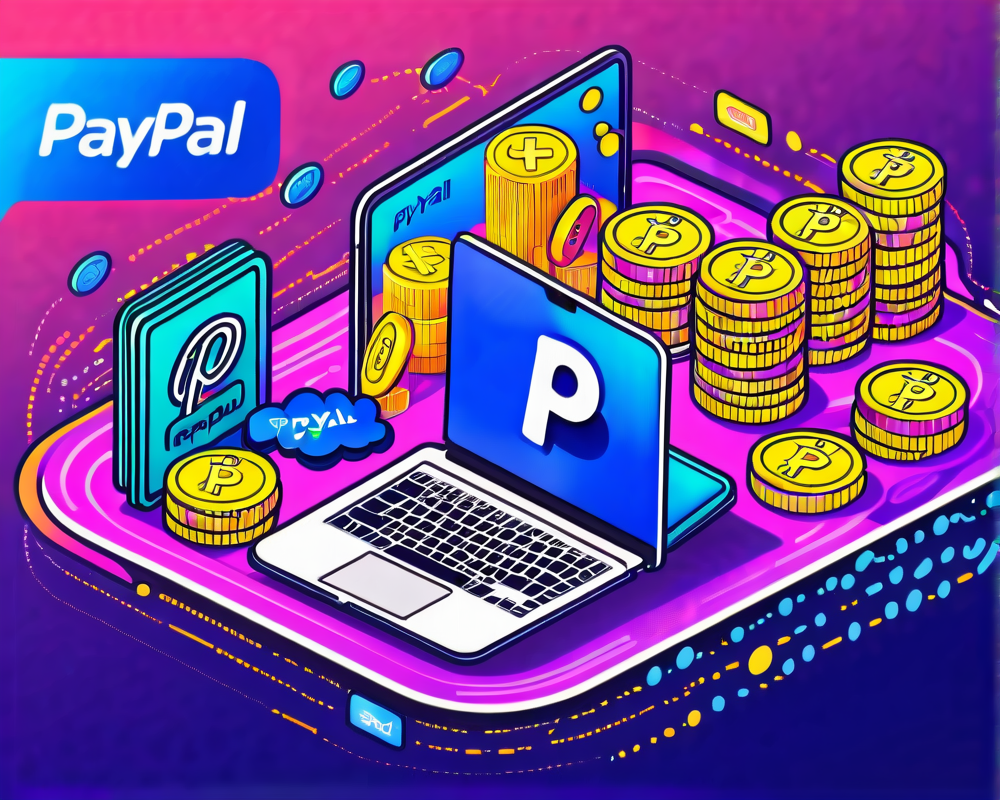All About PayPal’s New PYUSD
PayPal has officially joined the stablecoin squad with its newly unveiled PayPal USD (PYUSD), a digital currency aiming to revolutionize payment processing. Launched on August 7, 2023, this coin is built on Ethereum and promises a delightful backing of U.S. dollar deposits, short-term Treasurys, and cash equivalents. What a mouthful! While many are intrigued, others are just trying to figure out what this means for their Saturday night takeout orders.
How PYUSD Works
So, how does this shiny new stablecoin plan to conquer the payment processing world? PYUSD will be primarily used for remittances and as a payment mode for the millions of merchants on PayPal. But wait, you won’t just be sending it to Uncle Joe in a pinch; the plan also includes transfers on Venmo and compatibility with wallets like Coinbase and MetaMask. It’s like the Swiss army knife of digital currency!
The Competitive Landscape
Now, let’s talk competition. The stablecoin market currently boasts a love fest centered on Tether (USDT) and USD Coin (USDC), but PYUSD just crashed the party wearing a top hat and tails. According to reports, the crypto stablecoin market cap stands at a jaw-dropping $125 billion, with Tether strutting around at $86.5 billion, while USDC is practically whispering at $26 billion. With PayPal entering the mix, we’re all waiting to see how the dynamic shifts. Will there be a dance-off?
Stepping Into Controversy
Of course, every party has its crashers, and PYUSD is no exception, as criticisms over its centralized operations start to bubble up. Some crypto enthusiasts were quick to point out that the structure allows for fun features like freezing transfers and modifying total supply. Sounds a bit like “absolutely no fun allowed manual control”—if you ask me. Despite the criticism, even Tether’s CTO gave the launch a supporting nod, suggesting it could spur healthy competition in the market.
Centralization: A Double-Edged Sword
Ah, centralization—a word that sends shivers down the spine of any crypto purist. But some industry leaders argue that this tight control is necessary to keep things in check. The likes of Millicent Labs and SoftServe have highlighted that without such controls, operations could potentially spiral out of control due to illicit activities. So, perhaps we should reconsider our views on centralization—could it be the necessary evil?
The Regulatory Hurdles
Ah, the U.S. regulations—a puzzle harder to solve than a Rubik’s cube. PayPal aims to collaborate closely with regulators, pledging to help shape the future of stablecoin legislation. The recent bipartisan stablecoin bill might just make it a tad easier for companies to operate in this nebulous terrain. Could PayPal be the torchbearer guiding the industry toward regulatory clarity? One can only hope while holding a cup of coffee and browsing their crypto wallets.
The Impact on the Future
PayPal, boasting over 400 million active users worldwide, stepping into the stablecoin market could spell a golden opportunity for mainstream adoption. Notably, this isn’t just about competing with existing players but also about introducing a new class of users to the crypto realm. Perhaps soon, we’ll all be able to tip our barista with PYUSD, and they won’t even blink!
Final Thoughts
As we witness the dawn of PayPal USD, the major takeaway here is that the world of stablecoins is fluid and rapidly evolving. With its monumental entry, we’ve got more questions than answers. Will PayPal’s PYUSD sway the dominance of Tether and USDC in the market? Brace yourselves because the stablecoin saga is just beginning!




